A model of The Grand Budapest Hotel will be among more than 600 objects featured in a major new Wes Anderson exhibition opening at the Design Museum in London later this year.
Titled Wes Anderson: The Archives, the retrospective has been developed by the museum in collaboration with the acclaimed American filmmaker and La Cinémathèque française. It is set to open on 21 November 2025 and will explore Anderson’s distinctive visual style, detailed craftsmanship, and storytelling across his career.
Wes Anderson, who turns 56 this year, is known for films such as The Royal Tenenbaums, Fantastic Mr Fox, Moonrise Kingdom, The French Dispatch and the Oscar-winning The Grand Budapest Hotel. The latter, released in 2014, received Academy Awards for Best Production Design and Best Costume Design.
The exhibition will present a chronological journey through Anderson’s work, with each section dedicated to one of his films. Central to the display is a candy-pink model of The Grand Budapest Hotel, which served as a key element in the film’s production. The story follows M. Gustave, played by Ralph Fiennes, a concierge at a luxury hotel in a fictional European country during the early 20th century.
Among the other featured items are the vending machines seen in Asteroid City, the Fendi coat worn by Gwyneth Paltrow’s character in The Royal Tenenbaums, and the original stop-motion puppets used to depict underwater creatures in The Life Aquatic with Steve Zissou.
Costumes worn by cast members across various Wes Anderson films will also be on display. These include Benicio del Toro’s outfit as Moses Rosenthaler in The French Dispatch, as well as costumes worn by Ralph Fiennes, Scarlett Johansson, Jason Schwartzman, Ben Stiller, Tilda Swinton and Owen Wilson.
A section of the retrospective will focus specifically on Anderson’s work in stop-motion animation, including Fantastic Mr Fox and Isle of Dogs. Visitors will also be able to see unfinished props, set pieces, and other materials that reveal Anderson’s methods and collaborative process.
In addition, a selection of Wes Anderson’s handwritten notebooks will be included. These documents offer insights into the inspirations, character development, and storyboarding behind his films.
Tim Marlow, director and chief executive of the Design Museum, said: “Wes Anderson has created some of the most visually distinctive and emotionally resonant films of the last two decades — from the melancholic charm of The Royal Tenenbaums to the youthful adventurism of Moonrise Kingdom. He’s an utterly compelling creator of cinematic worlds, whose singular vision and attention to detail are underpinned by an acute understanding of design and craftsmanship, which is why the Design Museum is the perfect location for this landmark retrospective.”
The museum previously hosted a successful exhibition on Tim Burton in 2024, which included notable costumes such as Jenna Ortega’s Wednesday dress and Michelle Pfeiffer’s Catwoman suit.
Wes Anderson: The Archives will be on display from 21 November 2025 at the Design Museum in Kensington, London.







 The Story Teller by Ley Roberts
The Story Teller by Ley Roberts Summer Exhibition coordinator Farshid Moussavi, with Royal Academy director of exhibitions Andrea Tarsia in the background
Summer Exhibition coordinator Farshid Moussavi, with Royal Academy director of exhibitions Andrea Tarsia in the background An installation by Ryan Gander
An installation by Ryan Gander A sectional model of DY Patil University Centre of Excellence, Mumbai, by Spencer de Grey
A sectional model of DY Patil University Centre of Excellence, Mumbai, by Spencer de Grey Rituals and Identity and Theatre of Resistance by Arinjoy Sen
Rituals and Identity and Theatre of Resistance by Arinjoy Sen








 The 50 digital paintings showcase a blend of cosmology and Indian classical musicThe Bhavan
The 50 digital paintings showcase a blend of cosmology and Indian classical musicThe Bhavan
 Deccan Miniature Images - Gold Cows on red getty images
Deccan Miniature Images - Gold Cows on red getty images Pastel Lotus getty images
Pastel Lotus getty images Krishna as Govindagetty image
Krishna as Govindagetty image Greyscale Pichvais
Greyscale Pichvais  Sketches
Sketches  Modern Cow Pastel
Modern Cow Pastel Sketches
Sketches  Pichvai gifted to Narendra Modi
Pichvai gifted to Narendra Modi  Black and gold Gopis
Black and gold Gopis  The Haveli of Shrinathji
The Haveli of Shrinathji
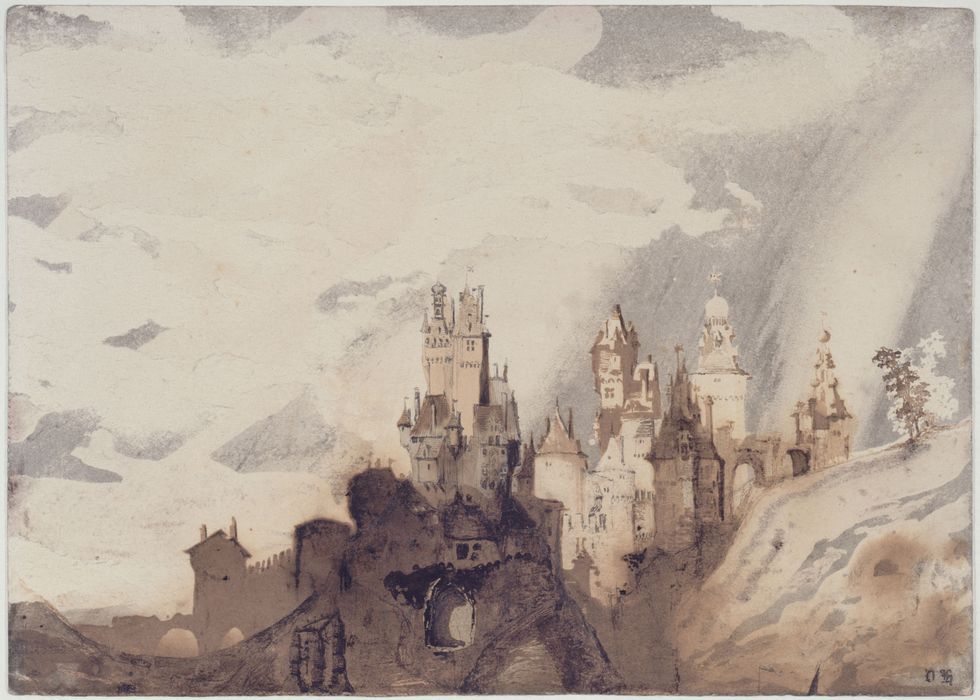 The Cheerful CastleParis Musees
The Cheerful CastleParis Musees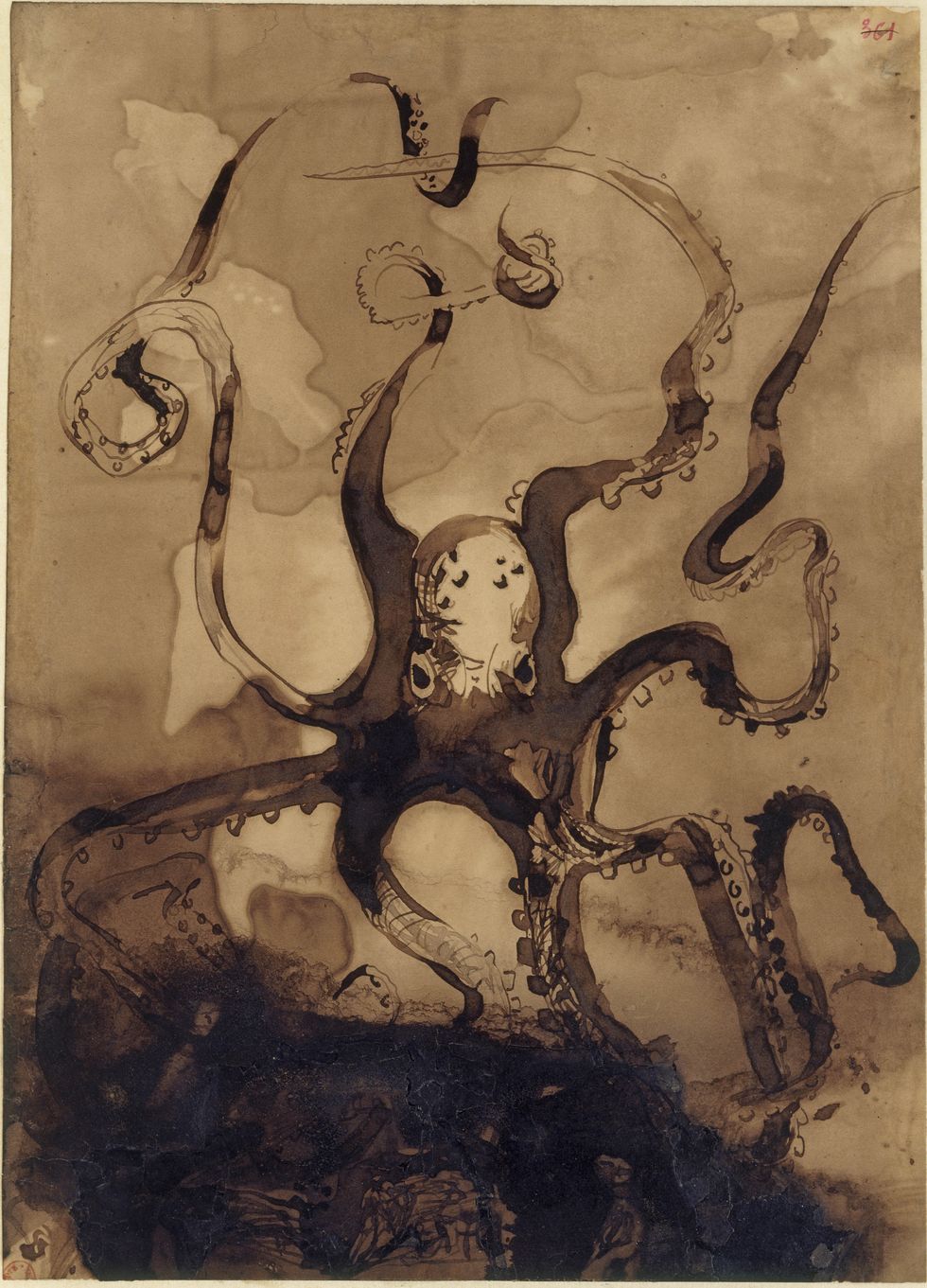 OctopusParis Musees
OctopusParis Musees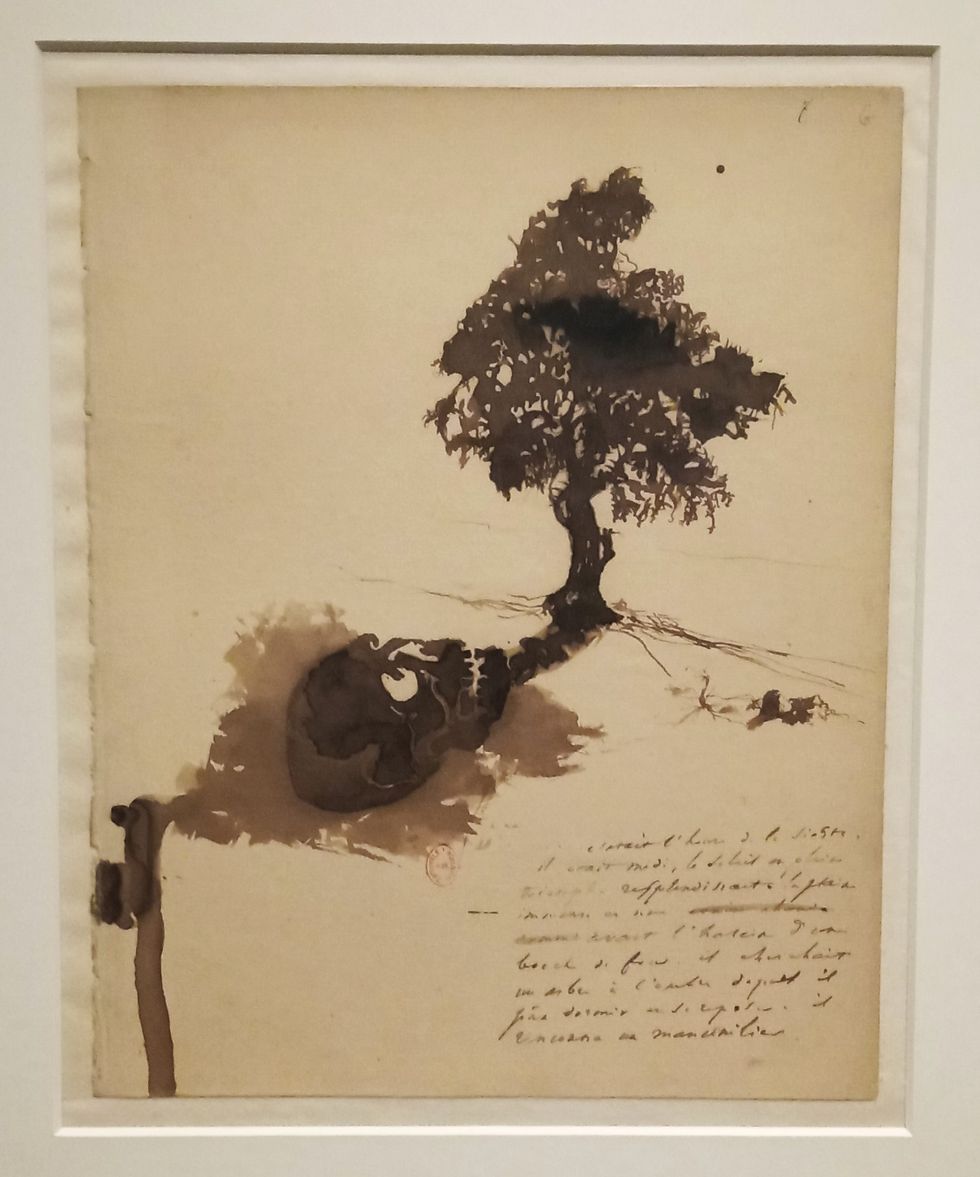 The Shade of the Manchineel TreeParis Musees
The Shade of the Manchineel TreeParis Musees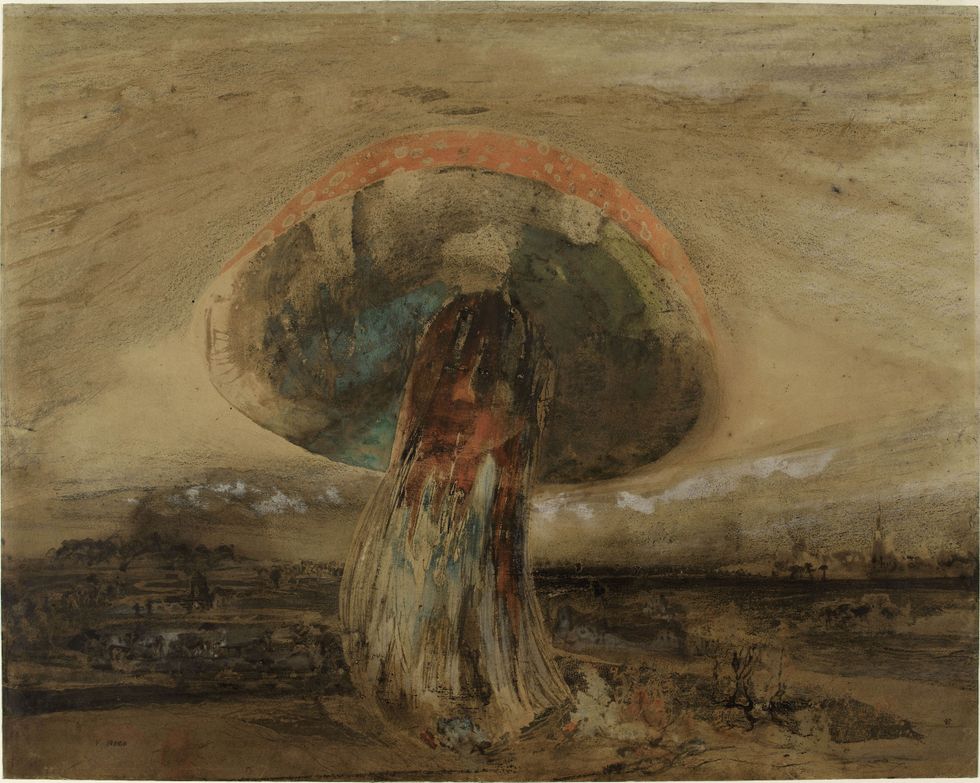 MushroomParis Musees
MushroomParis Musees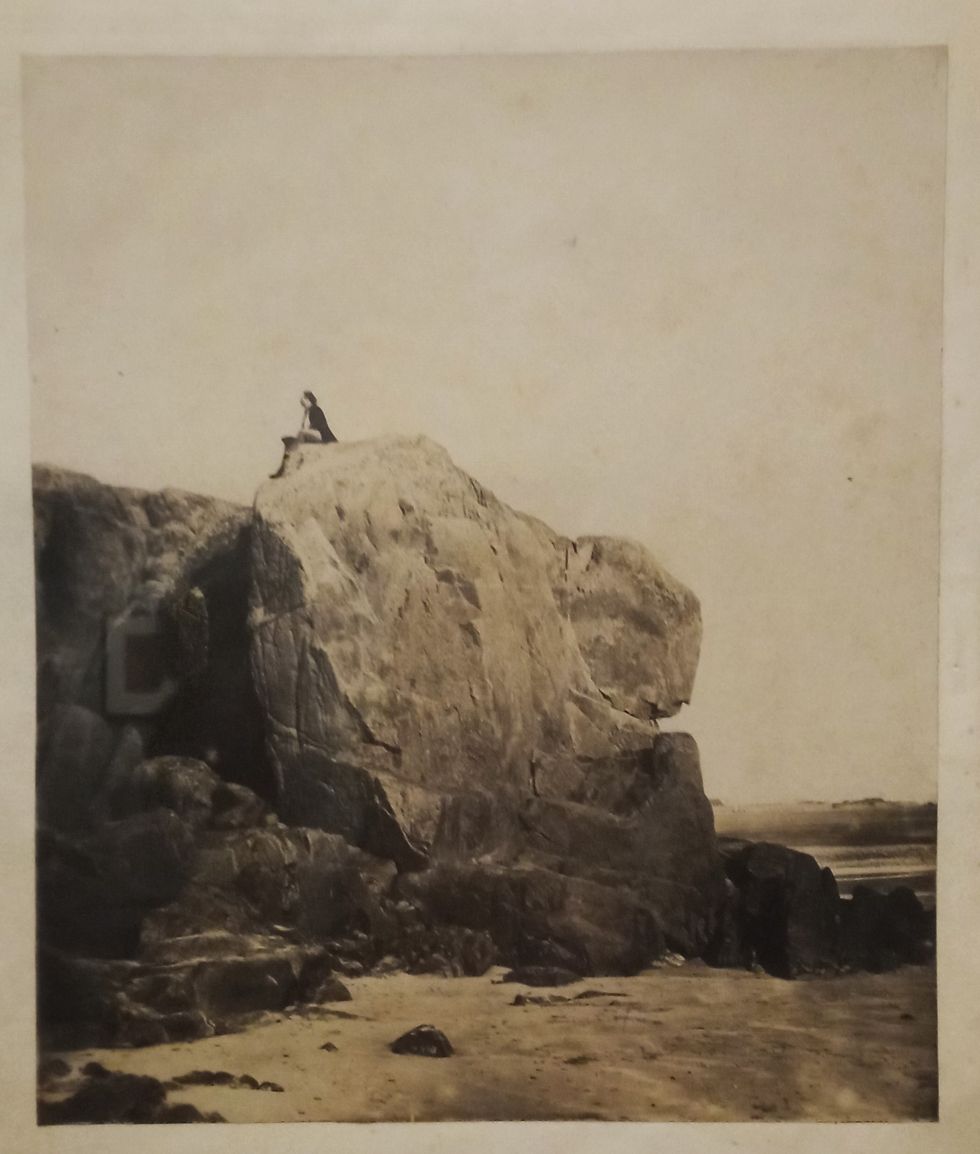 A photograph of Hugo taken by his son, CharlesParis Musees
A photograph of Hugo taken by his son, CharlesParis Musees
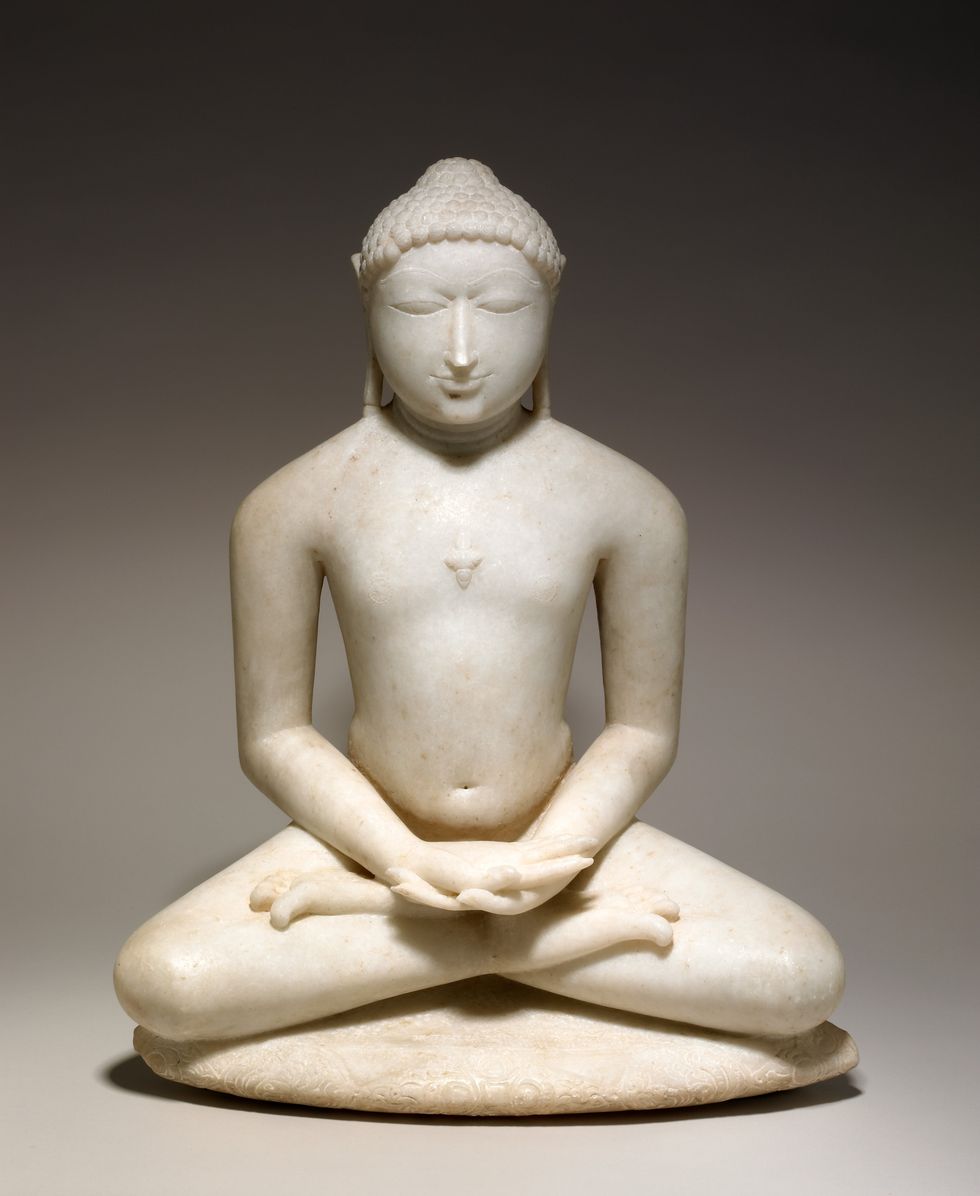 A seated Jain enlightened teacherAshmolean Museum, University of Oxford
A seated Jain enlightened teacherAshmolean Museum, University of Oxford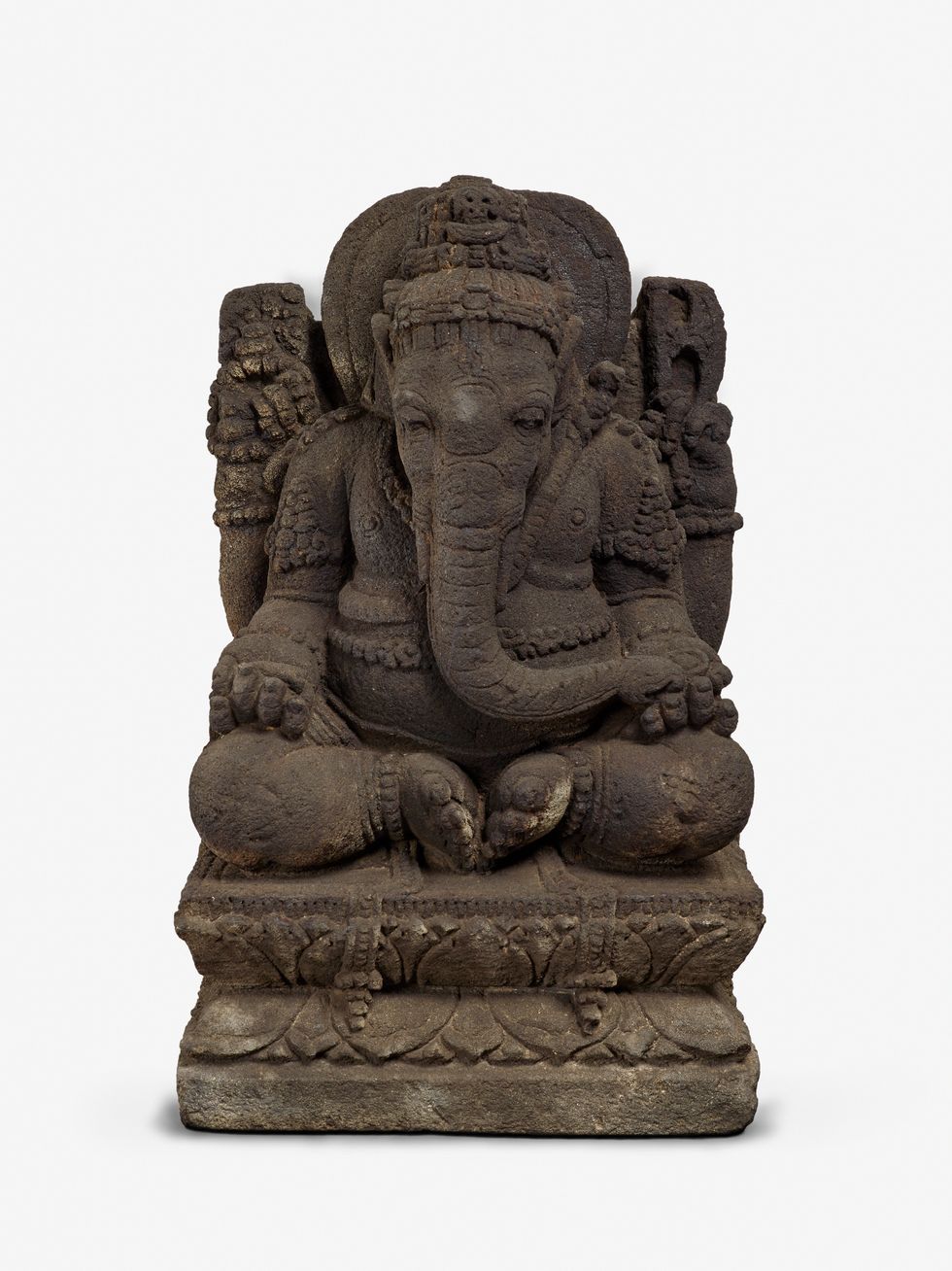 Ganesha from JavaAshmolean Museum, University of Oxford
Ganesha from JavaAshmolean Museum, University of Oxford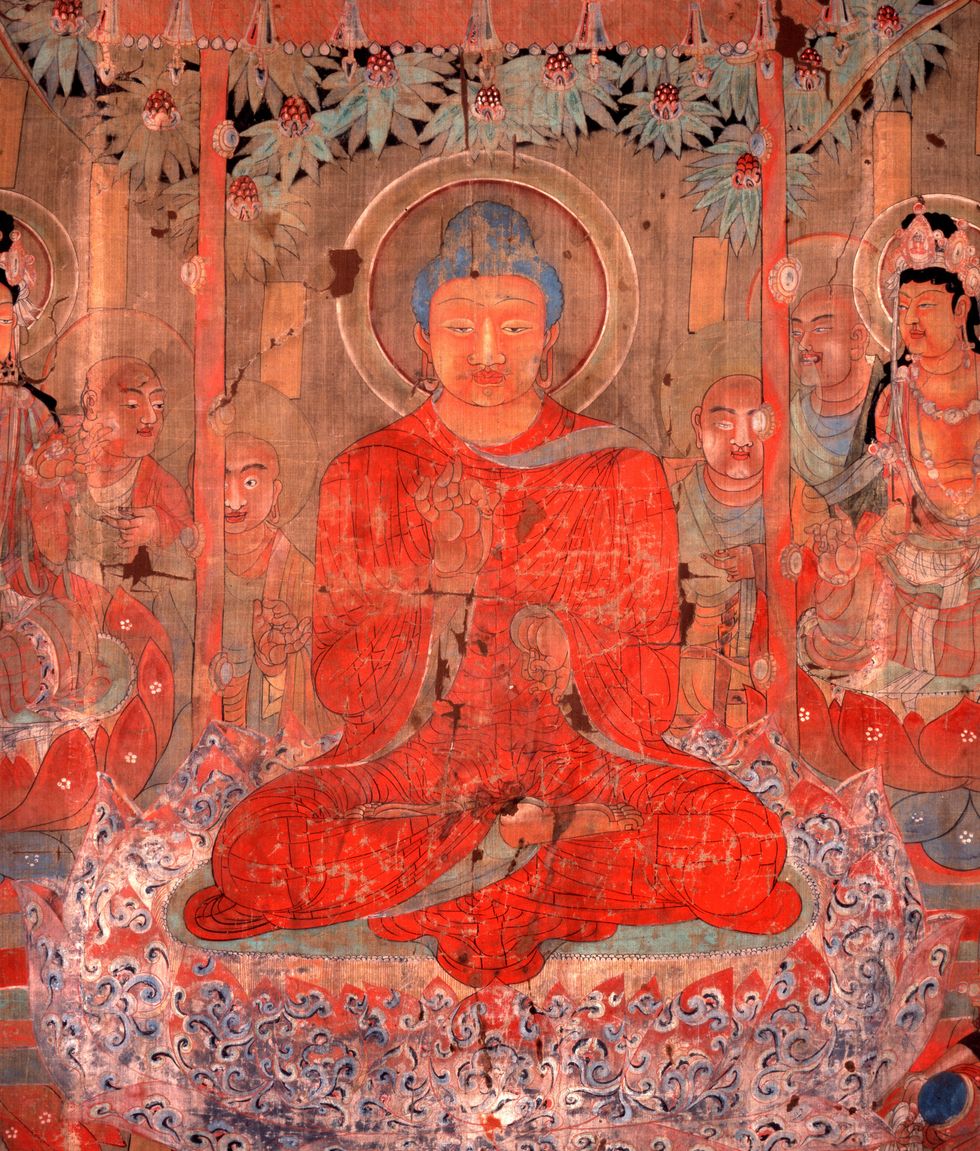 A Chinese silk painting depicting the BuddhaAshmolean Museum, University of Oxford
A Chinese silk painting depicting the BuddhaAshmolean Museum, University of Oxford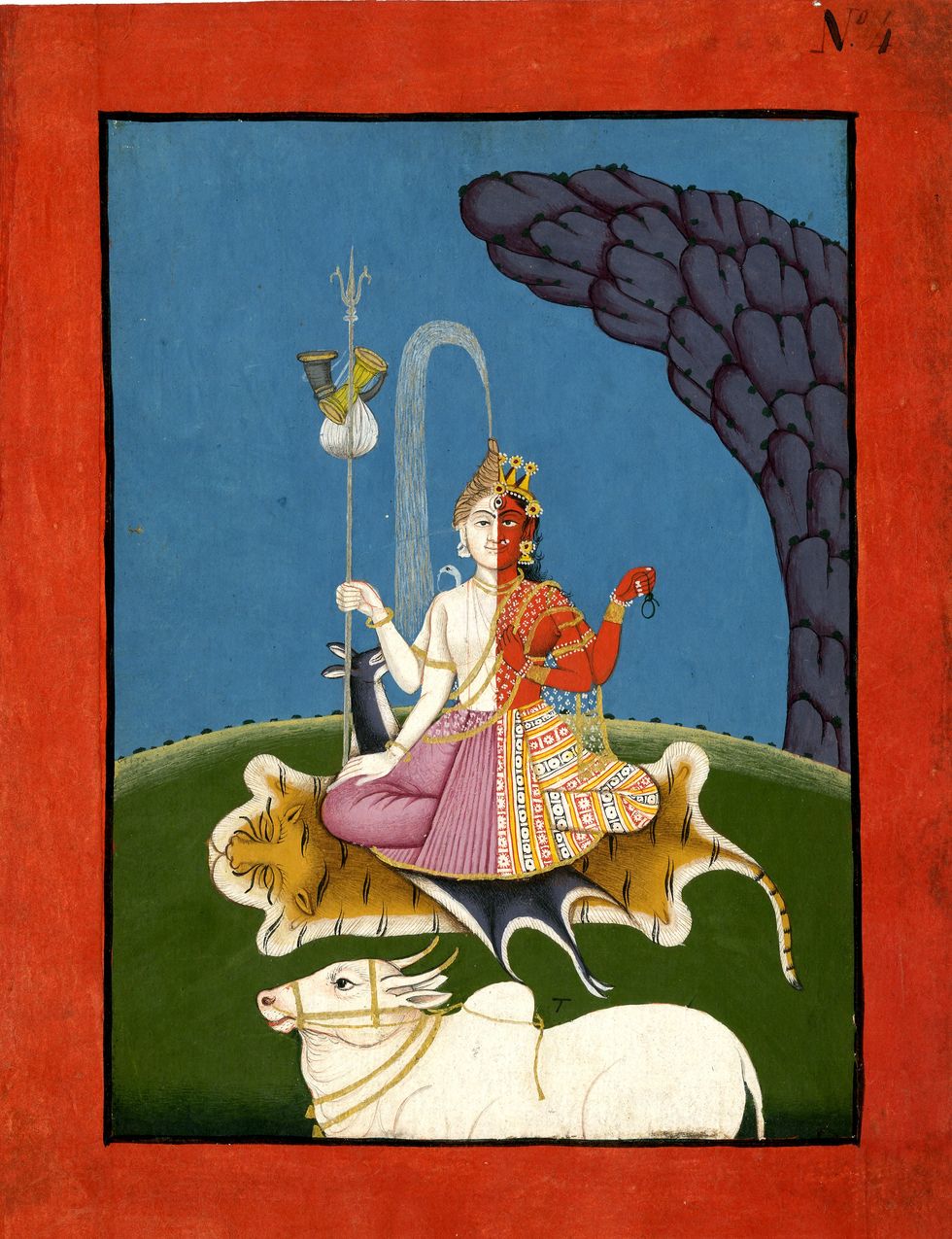 ArdhanarishvaraAshmolean Museum, University of Oxford
ArdhanarishvaraAshmolean Museum, University of Oxford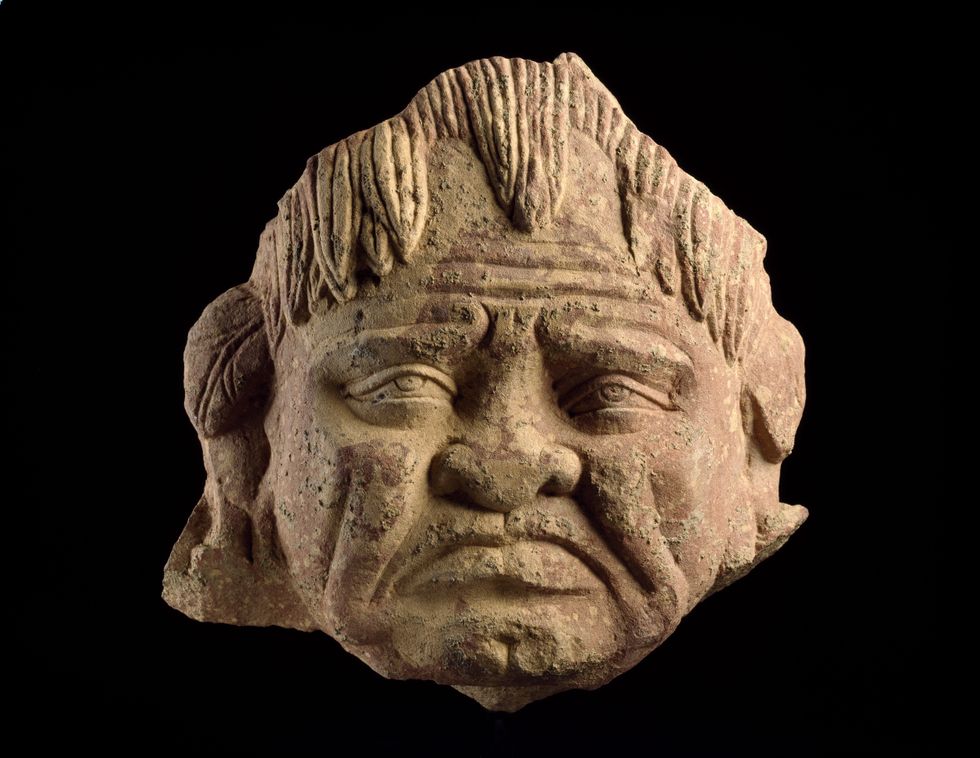 Head of a grimacing yakshaAshmolean Museum, University of Oxford
Head of a grimacing yakshaAshmolean Museum, University of Oxford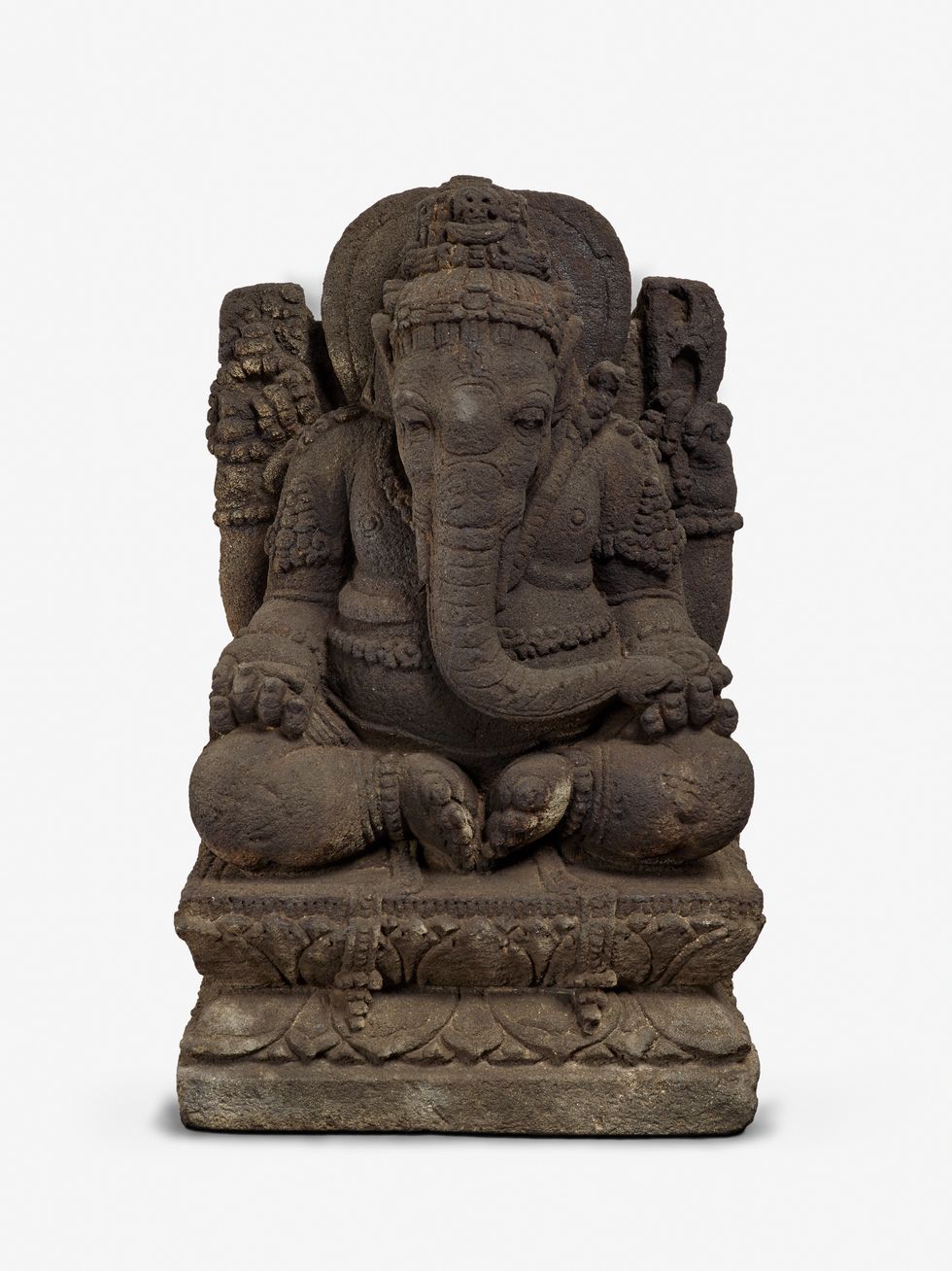 NagaAshmolean Museum, University of Oxford
NagaAshmolean Museum, University of Oxford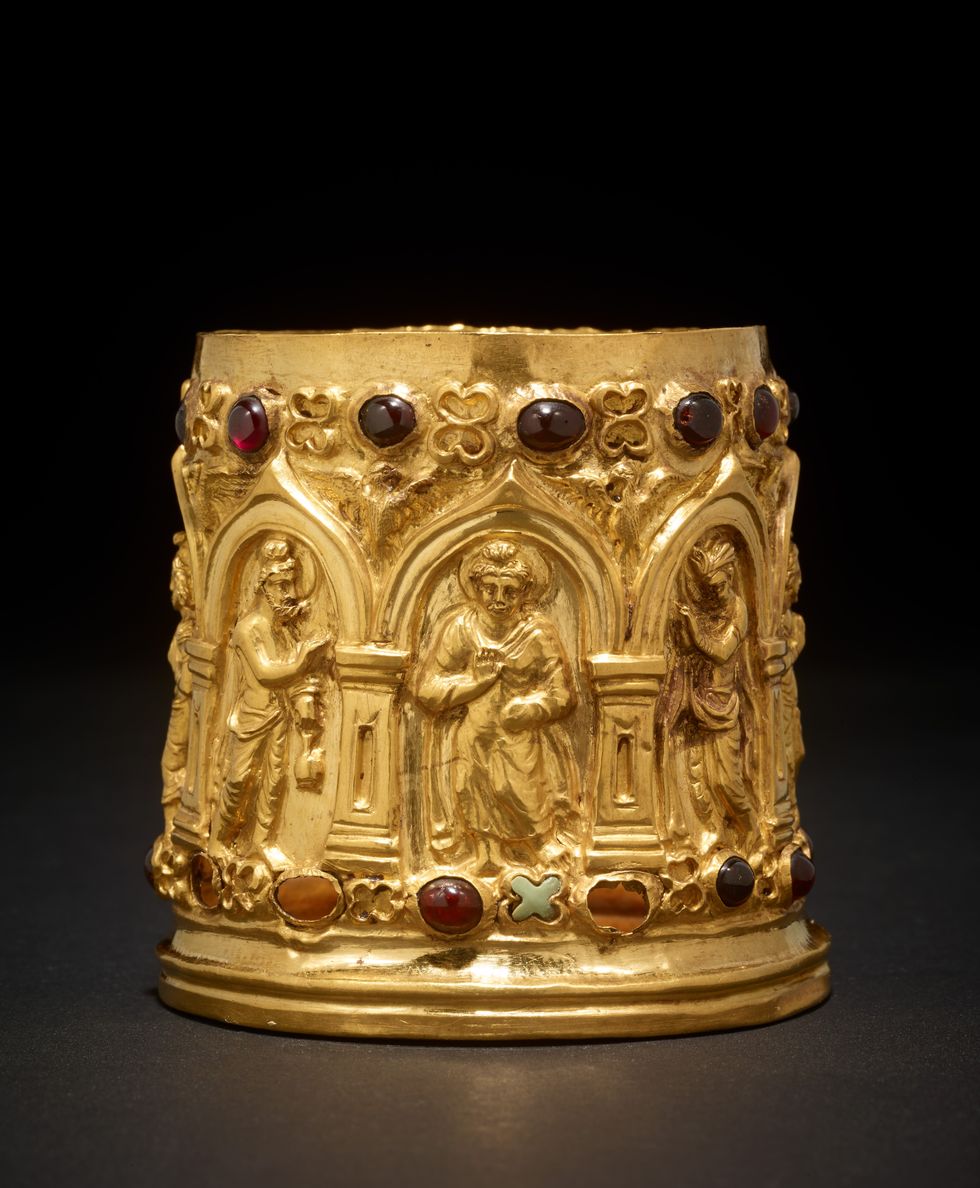 The Bimaran casketAshmolean Museum, University of Oxford
The Bimaran casketAshmolean Museum, University of Oxford